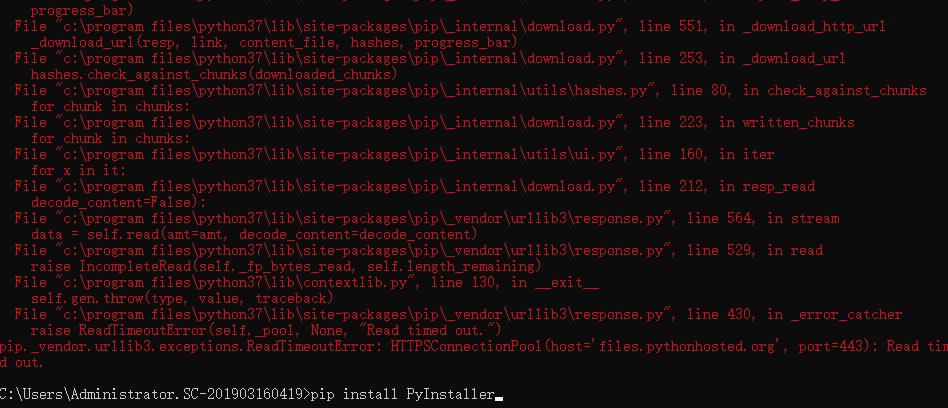对Pytorch中nn.ModuleList 和 nn.Sequential详解
简而言之就是,nn.Sequential类似于Keras中的贯序模型,它是Module的子类,在构建数个网络层之后会自动调用forward()方法,从而有网络模型生成。而nn.ModuleList仅仅类似于pytho中的list类型,只是将一系列层装入列表,并没有实现forward()方法,因此也不会有网络模型产生的副作用。
需要注意的是,nn.ModuleList接受的必须是subModule类型,例如:
nn.ModuleList(
[nn.ModuleList([Conv(inp_dim + j * increase, oup_dim, 1, relu=False, bn=False) for j in range(5)]) for i in
range(nstack)])
其中,二次嵌套的list内部也必须额外使用一个nn.ModuleList修饰实例化,否则会无法识别类型而报错!
nn.ModuleList is just like a Python list. It was designed to store any desired number of nn.Module's. It may be useful, for instance, if you want to design a neural network whose number of layers is passed as input:
class LinearNet(nn.Module): def __init__(self, input_size, num_layers, layers_size, output_size): super(LinearNet, self).__init__() self.linears = nn.ModuleList([nn.Linear(input_size, layers_size)]) self.linears.extend([nn.Linear(layers_size, layers_size) for i in range(1, self.num_layers-1)]) self.linears.append(nn.Linear(layers_size, output_size)
nn.Sequential allows you to build a neural net by specifying sequentially the building blocks (nn.Module's) of that net. Here's an example:
class Flatten(nn.Module):
def forward(self, x):
N, C, H, W = x.size() # read in N, C, H, W
return x.view(N, -1)
simple_cnn = nn.Sequential(
nn.Conv2d(3, 32, kernel_size=7, stride=2),
nn.ReLU(inplace=True),
Flatten(),
nn.Linear(5408, 10),
)
In nn.Sequential, the nn.Module's stored inside are connected in a cascaded way. For instance, in the example that I gave, I define a neural network that receives as input an image with 3 channels and outputs 10 neurons. That network is composed by the following blocks, in the following order: Conv2D -> ReLU -> Linear layer. Moreover, an object of type nn.Sequential has a forward() method, so if I have an input image x I can directly call y = simple_cnn(x) to obtain the scores for x. When you define an nn.Sequential you must be careful to make sure that the output size of a block matches the input size of the following block. Basically, it behaves just like a nn.Module
On the other hand, nn.ModuleList does not have a forward() method, because it does not define any neural network, that is, there is no connection between each of the nn.Module's that it stores. You may use it to store nn.Module's, just like you use Python lists to store other types of objects (integers, strings, etc). The advantage of using nn.ModuleList's instead of using conventional Python lists to store nn.Module's is that Pytorch is “aware” of the existence of the nn.Module's inside an nn.ModuleList, which is not the case for Python lists. If you want to understand exactly what I mean, just try to redefine my class LinearNet using a Python list instead of a nn.ModuleList and train it. When defining the optimizer() for that net, you'll get an error saying that your model has no parameters, because PyTorch does not see the parameters of the layers stored in a Python list. If you use a nn.ModuleList instead, you'll get no error.
以上这篇对Pytorch中nn.ModuleList 和 nn.Sequential详解就是小编分享给大家的全部内容了,希望能给大家一个参考,也希望大家多多支持【听图阁-专注于Python设计】。

